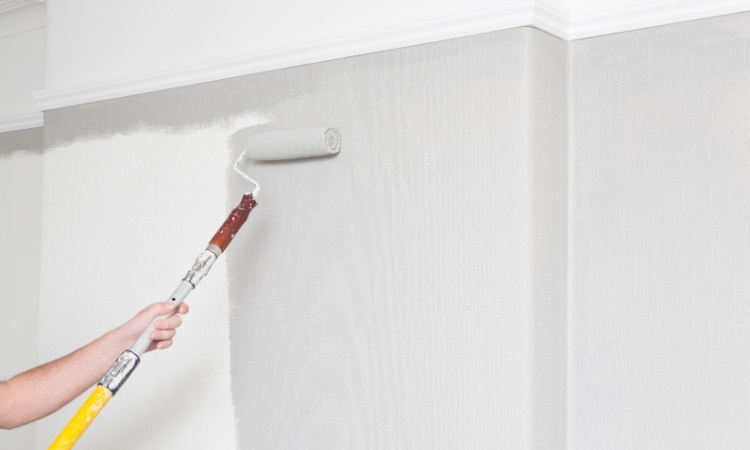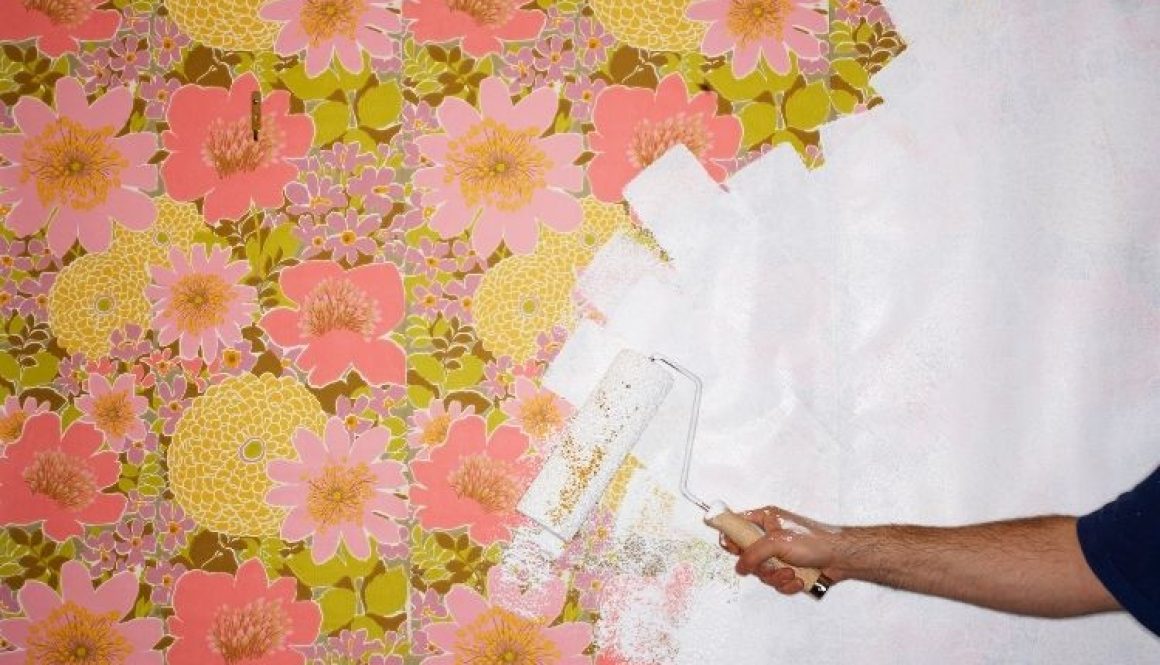How to Paint Over Wallpaper in Singapore
How to paint over wallpaper is the most commonly asked question by those seeking to refresh their living space. No matter how good the quality of wallpaper is, they deteriorates with time. Therefore, everyone wants to renew their home’s interior by painting over wallpaper or replacing it entirely. Additionally, removing old wallpaper is a daunting task, so many prefer to paint over it.
The good news is you can paint over it if the wallpaper’s surface is in better condition and is hard to remove. In this blog, you’ll learn when to paint over a wallpaper, when not to, its preparation considerations, and so on. Also, LS Painter Singapore offers the best residential painting, house painting, and commercial painting services in Singapore.
When to Paint Over a Wallpaper?
Many people are concerned about painting over wallpaper. At some point, all kinds of wallpaper lose their shine and get rough. However, if you ask an expert about it, they’ll tell you the best way is to get rid of the wallpaper first and remove any adhesive residues.
Sometimes, wallpaper removal can damage the wall and add to more work. Under such circumstances, you can paint over a wallpaper. You just need to ensure that the surface of the wallpaper is smooth and isn’t peeled so the paint doesn’t appear rough or ragged.
When NOT to Paint Over Wallpaper
While Wallpaper Painting can save time, there are cases where it’s better to remove it first. Here’s when you should avoid painting over wallpaper:
1. The Wallpaper Is Peeling or Bubbling
If your wallpaper is already coming loose, painting over wallpaper won’t fix it. The paint won’t adhere properly, and the surface will look uneven.
2. Multiple Layers of Wallpaper
If your wall has multiple layers, painting over wallpaper could create an inconsistent texture. It’s best to remove the old layers before painting.

3. Textured or Vinyl Wallpaper
Some wallpapers, like vinyl or embossed ones, resist moisture. This makes painting over wallpaper challenging because the paint may not stick well.
4. High-Moisture Areas (Like Bathrooms and Kitchens)
Wallpaper glue becomes weakened by humidity which results in peeling following a painting application over wallpaper surfaces. The problem with this phenomenon appears most commonly in bathroom and kitchen areas.
5. If You Plan to Sell the House Soon
The application of paint on wallpaper serves as a deceptive measure to cover up concealed problems. The removal of wallpaper leads to better appeal of your property when you plan to sell it.
How to Conceal Wallpaper Seams Before Painting
If you decide to paint over wallpaper in Singapore, it’s crucial to ensure the seams don’t show through the paint. Here’s what you’ll need and how to do it properly.
Tools & Materials
- Joint compound (drywall mud)
- Putty knife
- Sanding sponge or sandpaper (120-150 grit)
- Oil-based primer
- Paint roller & brush
Process
1. Apply Joint Compound to Seams
A putty knife should be used to coat seams with a delicate layer of joint compound. Antique undamaged wallpaper requires this step because it creates a flat surface that is ready for painting.
2. Let It Dry and Sand Smooth
After application time the compound will dry so you must sand the surface to level rough areas. An impeccable wallpaper painting requires flat surfaces.
3. Apply an Oil-Based Primer
A key step in any Painting Over Wallpaper Guide is using an oil-based primer. Water-based primers can react with wallpaper glue, causing bubbles or peeling.

How to Paint Over Wallpaper: Step-By-Step Guide
If your wallpaper is in good condition and you’ve hidden the seams, follow these steps to paint over wallpaper in Singapore for a professional result. The process will require your patience but in the end your effort will be worth it.
Step 1: Clean the Wallpaper
Use a damp cloth and mild soap to remove dust. Let it dry completely before painting over wallpaper.
Step 2: Use an Oil-Based Primer
For wallpaper painting, don’t forget to use a primer as it creates a smooth, adhesive surface. Allow it to dry fully.
Step 3: Secure the Edges
Apply a small amount of caulk to secure the edges of wallpaper before painting.
Step 4: Coat the Wallpaper
Go for high-quality latex or oil-based paint for painting over wallpaper. Use a roller for an even paint application, using a brush for edges. Then apply a second coat for full coverage.
Step 6: Inspect and Touch Up
Check for any uneven surfaces or visible seams. If needed, do touch-ups for a flawless wallpaper painting result.
Conclusion
Painting over wallpaper can work in some cases, but it’s important to know when to avoid it. If you do decide to paint on wallpaper, hiding the seams properly and using the right materials will ensure a smooth, long-lasting finish. If you’re unsure, removing the wallpaper might be the better long-term solution. Rest, you can consult professionals for better suggestions. Until then, Happy Home Decor!


